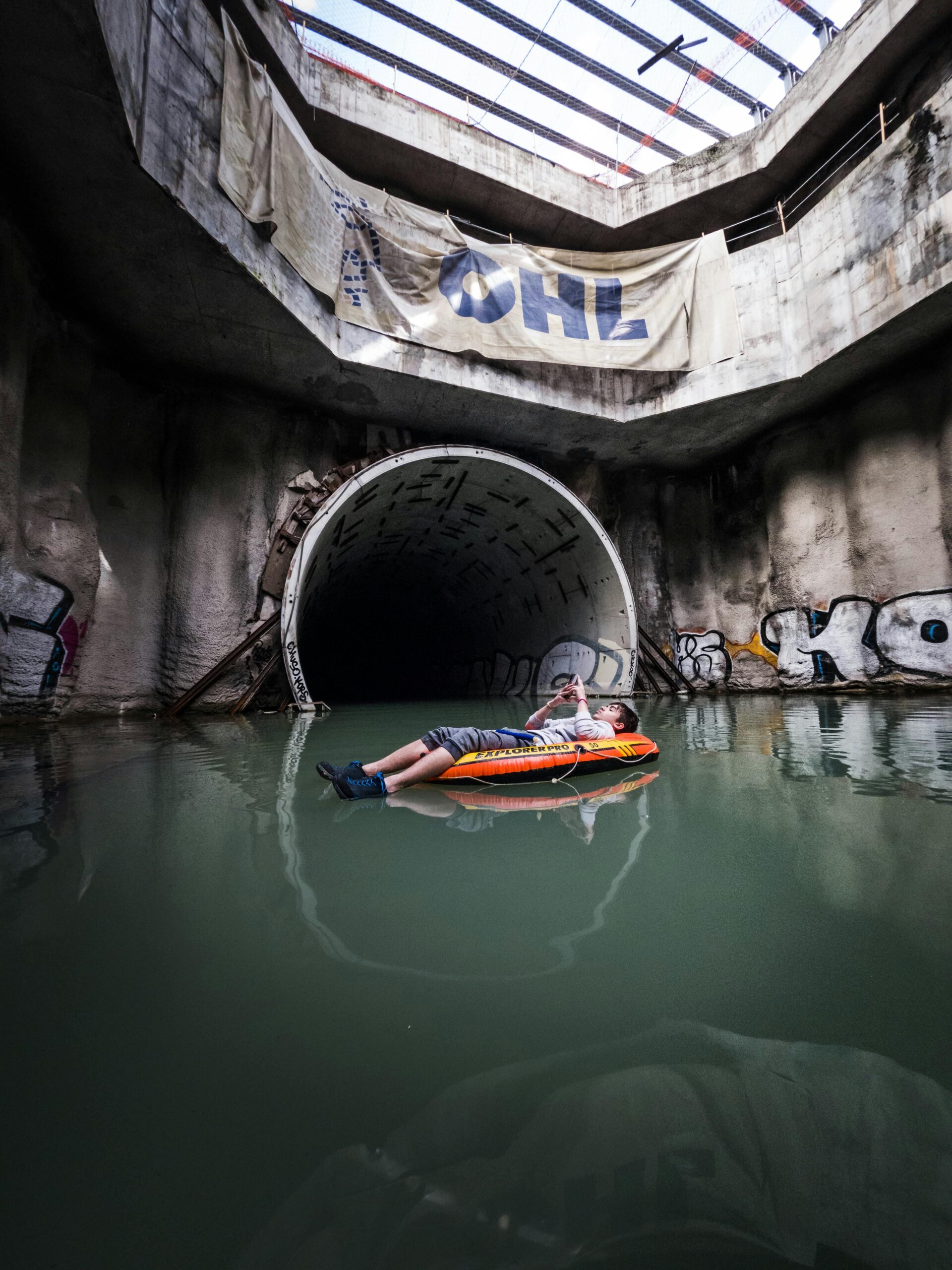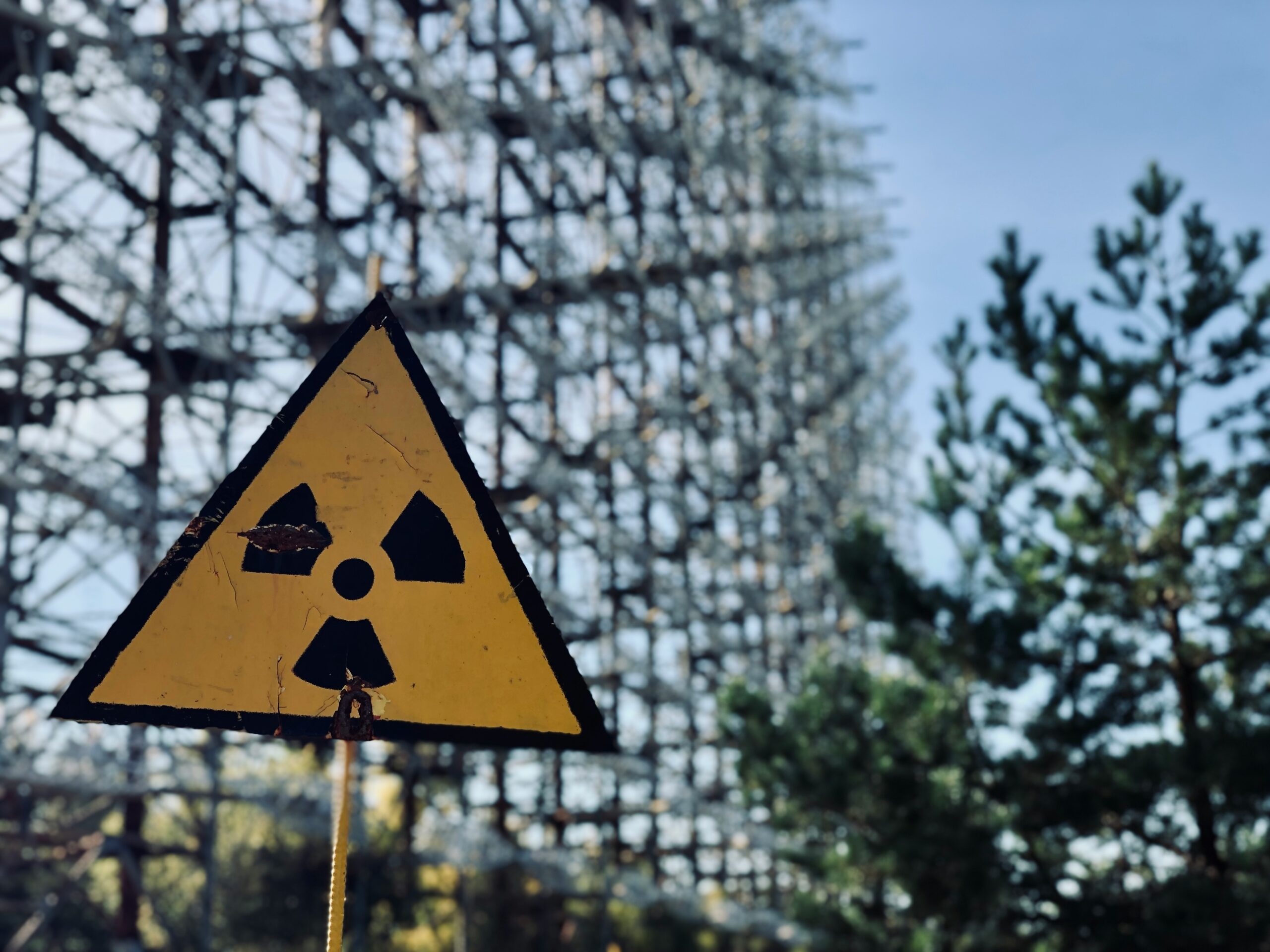 Jimmy Ryan was drilling 18 feet in the air, hundreds of feet underground, when the world flipped on its head...
Jimmy Ryan was drilling 18 feet in the air, hundreds of feet underground, when the world flipped on its head...
Then everything went black.
He awoke moments later to darkness and cries for help from his colleagues. His head was bleeding and six of his ribs were fractured.
Ryan is a sandhog – a member of a small group of workers who dig tunnels under New York City. In the early 1980s, he was on a job for City Tunnel No. 3, designed to relieve some of the pressure on the city's two older water lines.
That's when two 20-ton agitator cars broke free, raced down the tunnel... and collided with the scaffolding Ryan was standing atop.
One of Ryan's fellow sandhogs was pinned between the two cars with his arms outstretched. "He looked like Jesus Christ," another sandhog recalled to the New Yorker.
A third man was trapped against the wall by his leg. One sandhog held a cigarette to his lips while another sliced his mutilated heel off with a pen knife to free him.
It took Ryan eight months to recover from the horrific accident. In addition to his other injuries, he had a broken knee and two separated shoulders. But that didn't stop him from going back to work.
After all, City Tunnel No. 3 wasn't going to build itself. And as you'll see, New York City can't afford not to build it...
 By the day of that accident in 1982, City Tunnel No. 3 had been under construction for more than a decade...
By the day of that accident in 1982, City Tunnel No. 3 had been under construction for more than a decade...
It's still being built today.
The tunnel was conceived in 1969, when New York officials realized the city was one water-line collapse away from a true catastrophe.
You see, New York's existing water pipes are dangerously old. City Tunnel No. 1 was built in 1917. City Tunnel No. 2 came to be in 1936.
The city's population grew so fast that it couldn't afford to stop operating either tunnel. And the way the tunnels were built, folks couldn't inspect them without turning off the water supply.
That means neither tunnel has been inspected or maintained since they began transporting water.
Officials know the tunnels could fail at any moment. They have no way of knowing when it will happen... or where, in the miles upon miles of pipeline, the failure might start.
As Ryan told the New Yorker, if the water system breaks down, "It would make September 11 look like nothing."
City Tunnel No. 3 is far more ambitious than its predecessors. Not only is it larger... it's more complex and expensive. It's designed so the water department can turn parts off without disrupting the entire New York City water supply.
 And at every turn, the team has faced setback after setback...
And at every turn, the team has faced setback after setback...
Rather than building valves out of bronze like in the earlier tunnels, this one will be made of steel reinforced with concrete.
At first, the project had enough steel... but couldn't transport concrete fast enough. So it had to hire more companies to speed up concrete delivery.
Then, almost every company the water department contracted with ran into slowdowns and cost overruns.
After that, the U.S. economy started struggling thanks to rampant inflation. New York City came within a day of bankruptcy in 1975. All contracts were paused.
The first portion of City Tunnel No. 3 wasn't completed until 1998, almost three decades after the project's start. Another major portion was completed in 2013.
In the early 2000s, the city hoped to be done by 2020. Now, it's targeting a 2032 deadline. By our calculations, the project is roughly $6 billion over budget.
All the while, the sandhogs are toiling away... risking their lives to bring the city a safe, reliable water supply.
Officials don't see much of a choice, though. Convenient or not, New York City can't survive without a better water system.
 We cannot skimp on water infrastructure in this country...
We cannot skimp on water infrastructure in this country...
And when we build it, we need to build it right. Otherwise, we end up with potential emergencies like the one New York City is facing.
Projects like City Tunnel No. 3 aren't uncommon... although most are on a far smaller scale.
And when counties, states, and the federal government need to upgrade U.S. water infrastructure, they turn to one company in particular...
This tiny business is a top player in the steel pressure pipe industry. Its offerings are essential for water infrastructure investment. Better yet, it's building on this foundation to grow a more profitable business in a much larger market.
We're up more than 20% since we recommended shares to Microcap Confidential subscribers in August. And we think there's plenty of upside left... because no matter who wins the presidential election, they can't afford not to invest in U.S. infrastructure.
That's why last week, we added the stock to our "Ultimate Election Portfolio" – our list of five businesses that should come out on top in a red government... a blue government... or something in between.
There's still time to buy in today. But shares are trading within a few dollars of our buy-up-to price as we go to press. We don't expect this tiny powerhouse to be a good deal for much longer.
Learn how to access our full Ultimate Election Portfolio – plus the five stocks to avoid at all costs in 2025 – right here.
Our country is in dire need of more and better water infrastructure. These construction tailwinds aren't going anywhere. The companies supporting it are bound to benefit, no matter what happens as the polls close.
Don't miss out.
Regards,
Joel Litman
November 5, 2024



 Jimmy Ryan was drilling 18 feet in the air, hundreds of feet underground, when the world flipped on its head...
Jimmy Ryan was drilling 18 feet in the air, hundreds of feet underground, when the world flipped on its head... 

